Research
Source Apportionment of Pesticides Using Stable Isotope Ratios
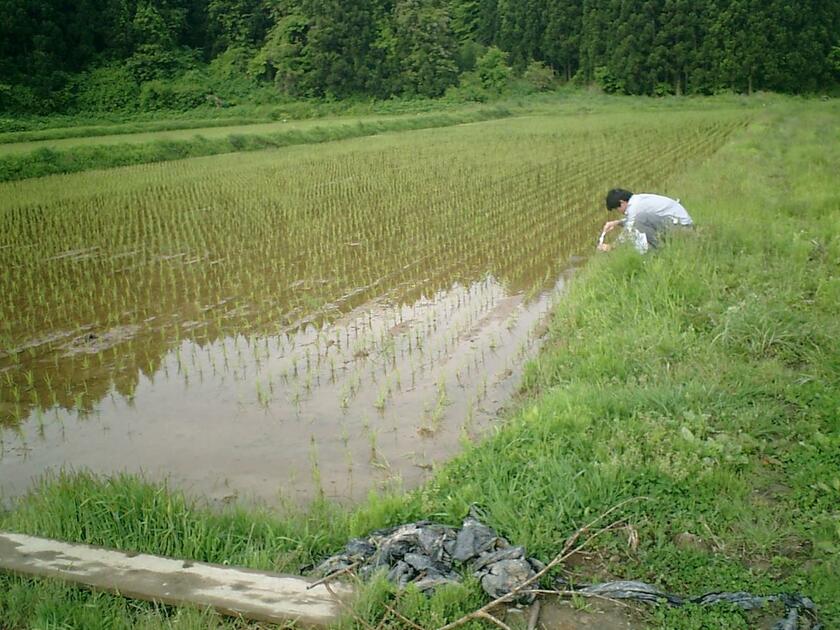
Our goal is to develop new methods to distinguish whether pesticides are domestically produced or imported using stable isotope ratios, as well as to create novel identification techniques for pesticide products and to elucidate their environmental behavior.
Starting with the development of a high-precision stable isotope ratio analysis method for pesticides using the recently developed GC/IRMS (Gas Chromatography/Isotope Ratio Mass Spectrometry), we have been collecting and analyzing actual pesticide samples.
By analyzing the carbon stable isotope ratios of pesticides involved in incidents such as the methamidophos contamination in frozen dumplings and the malathion contamination in frozen pizza, we succeeded in differentiating pesticide products on a case-by-case basis.
More recently, we have also been advancing stable isotope ratio analysis of water-soluble pesticides using LC/IRMS (Liquid Chromatography/Isotope Ratio Mass Spectrometry).
- 川島洋人* (2018), 安 定同位体比を用いた環境中化学物質の起源推定の研究-最近の農薬類の安定同位体比を用いた研究動向-, 日 本農薬学会誌, vol.43(2), pp.131-132
Research papers
- Hiroto Kawashima*, Takuro Kariya (2017), Use of stable carbon isotope ratios to determine the source of cypermethrin in so-called natural plant extract formulations used for organic farming, Isotopes in Environmental and Health Studies, vol.53, pp.70-79
- Nana Suto, Hiroto Kawashima* (2017), Classification of nine malathion emulsion samples by using carbon isotope ratios and the ratio of organic solvents, Science & Justice, vol.57, pp.1-5
- Hiroto Kawashima* (2015), The measurement of stable carbon isotope ratios of eight methamidophos samples, Journal of Forensics Science, Volume 60, Issue 5, Pages 1360–1364
- Hiroto Kawashima*, Yasuhiro Katayama(2010), Source Evaluation of Diazinon using Stable Carbon Isotope Ratio, Environmental Forensics, vol.11, pp.363-371
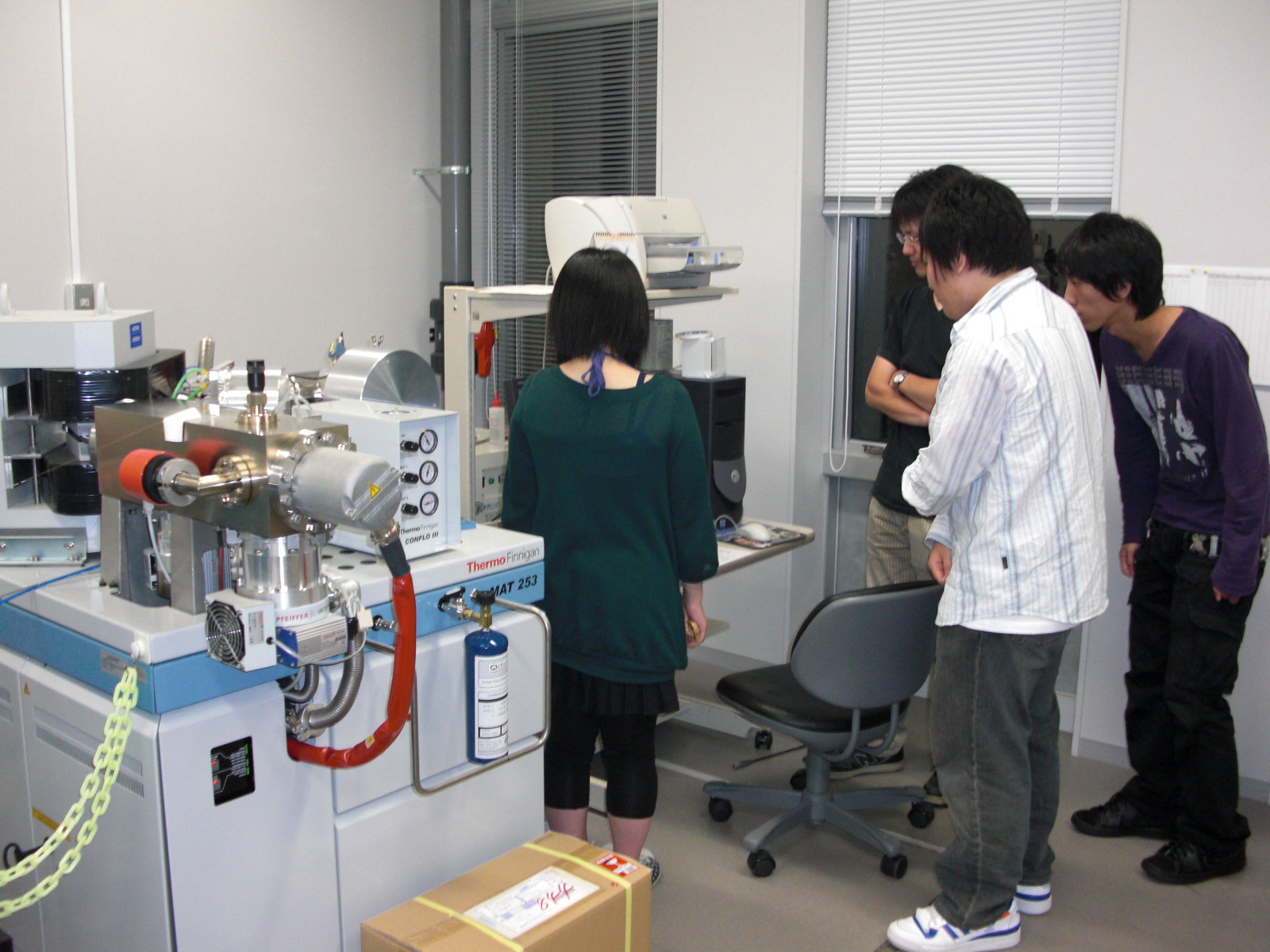 | 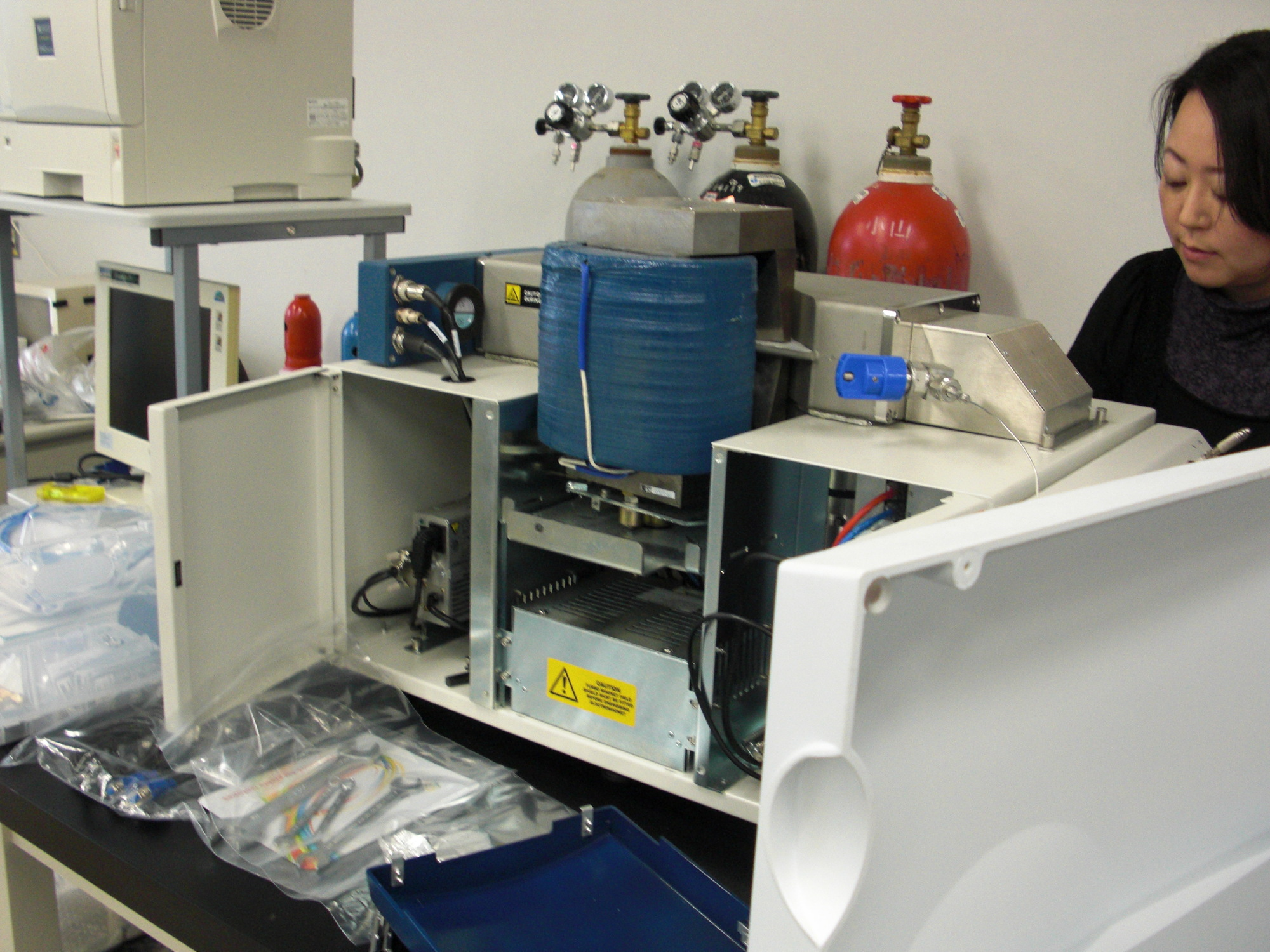 |
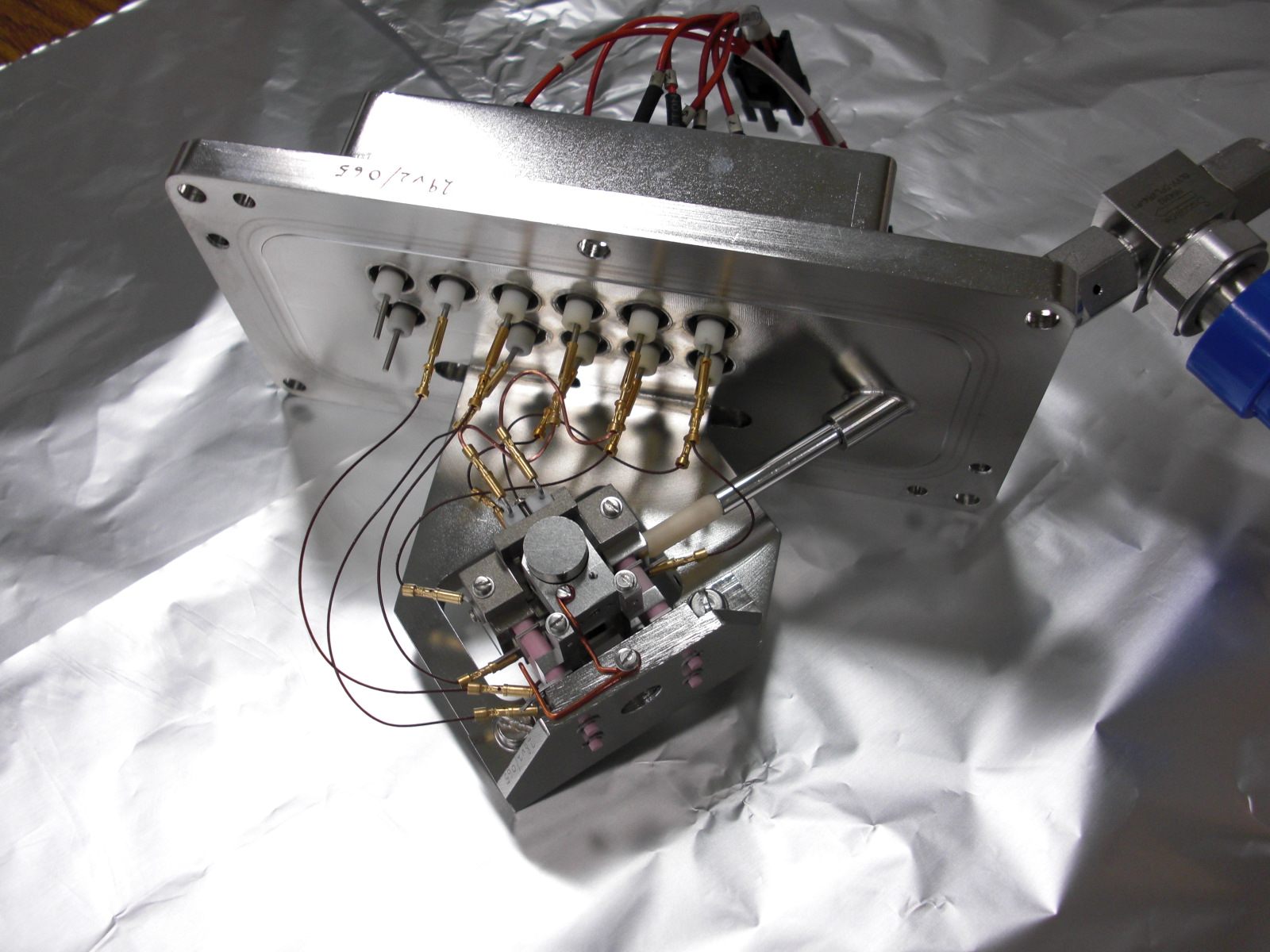 | 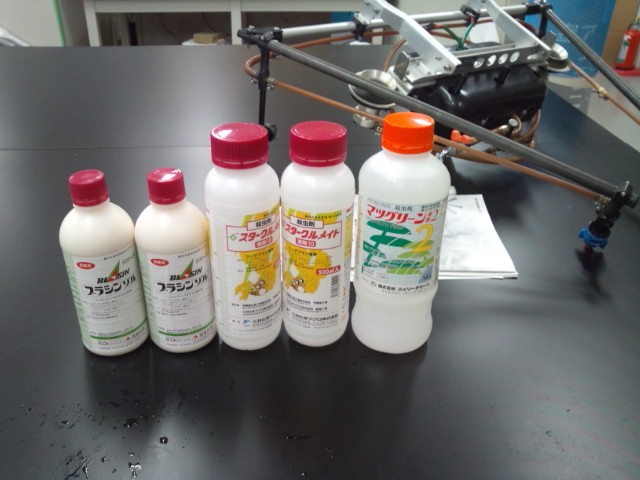 |
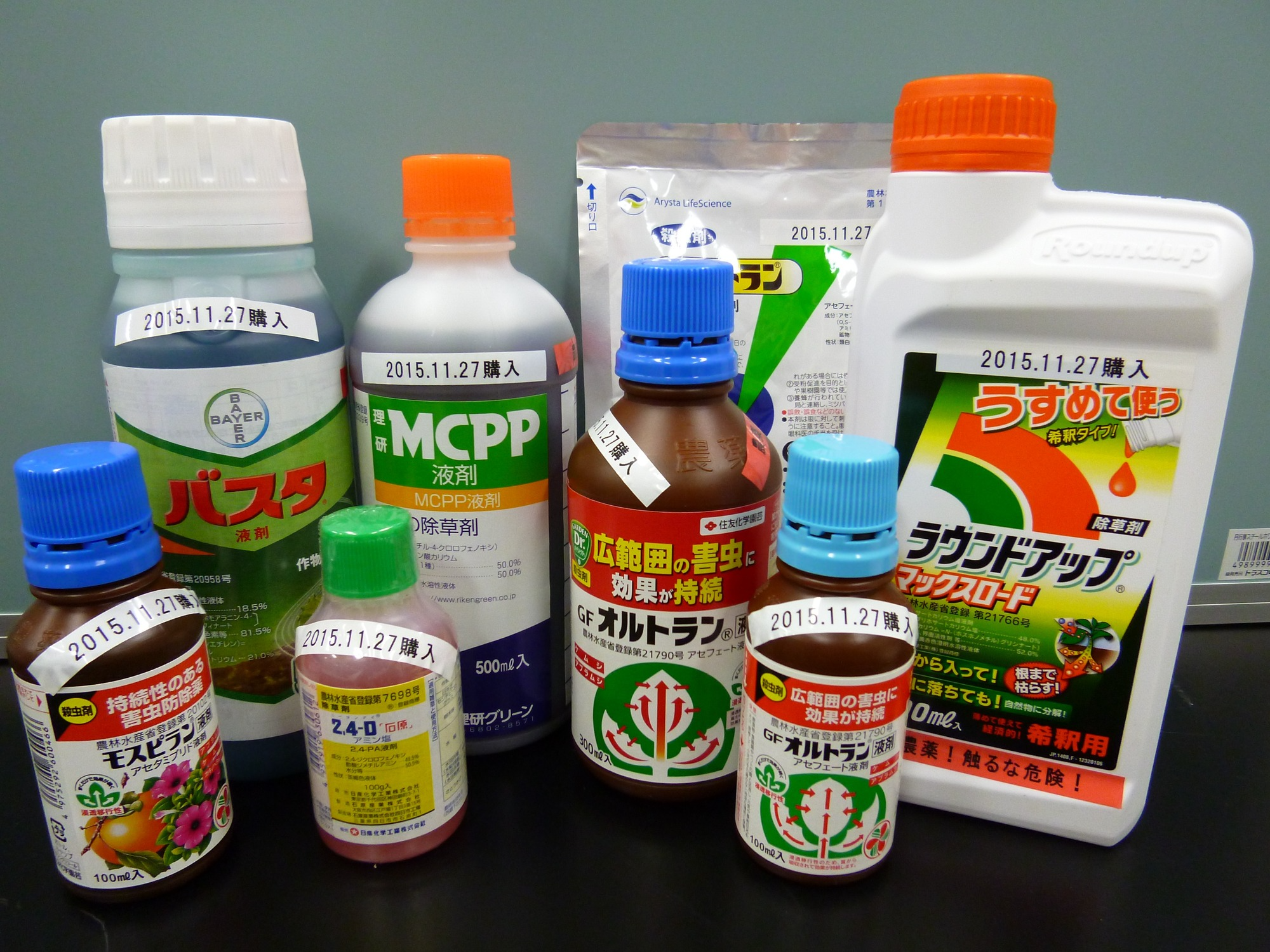 | 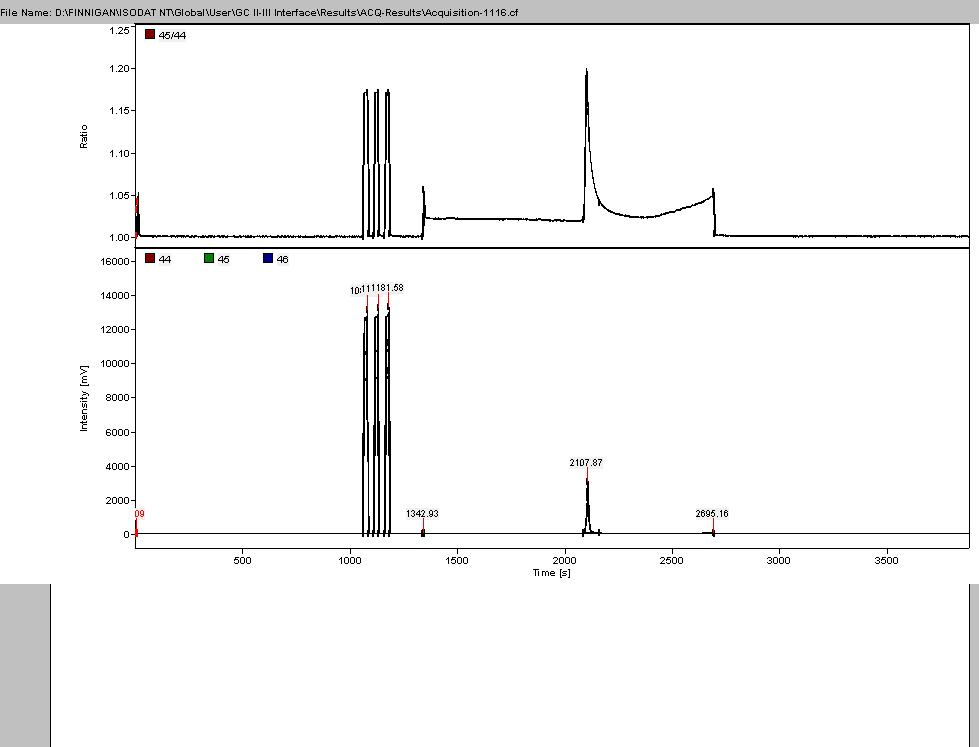 |